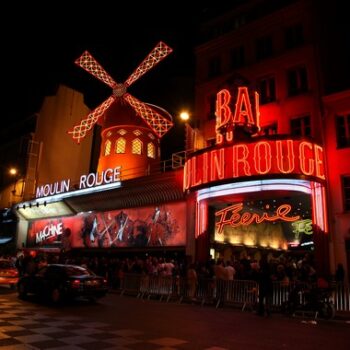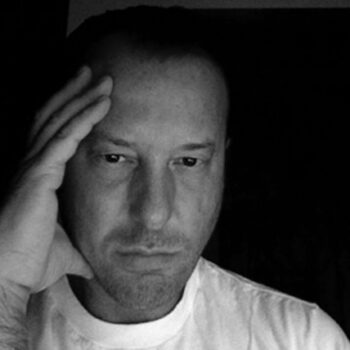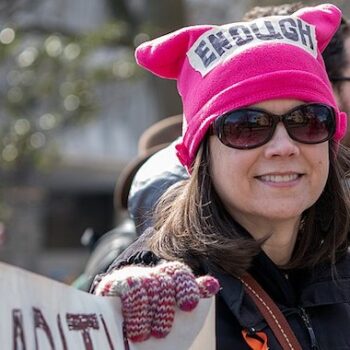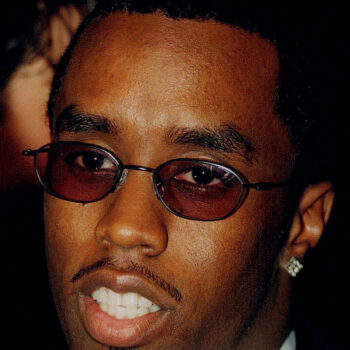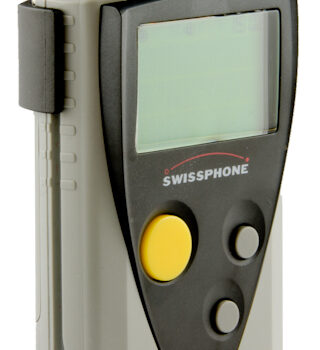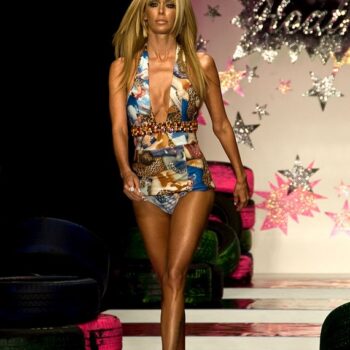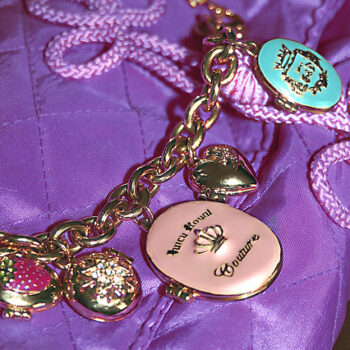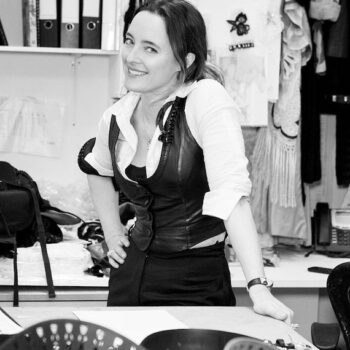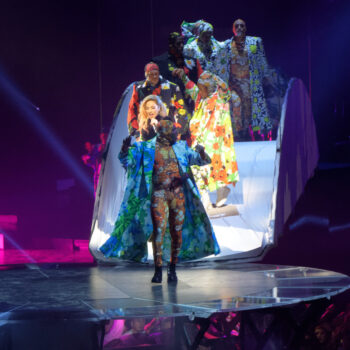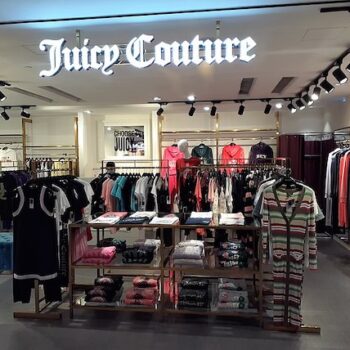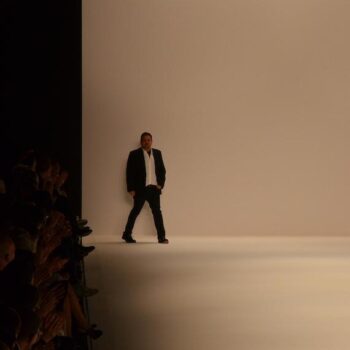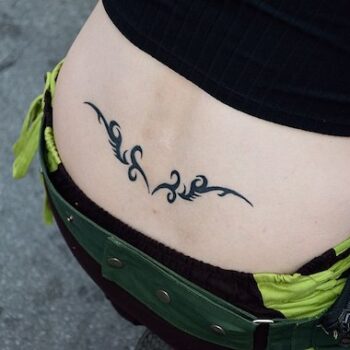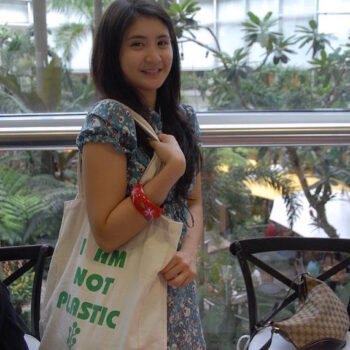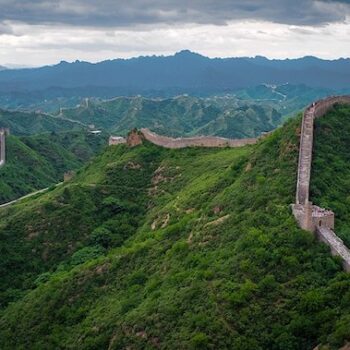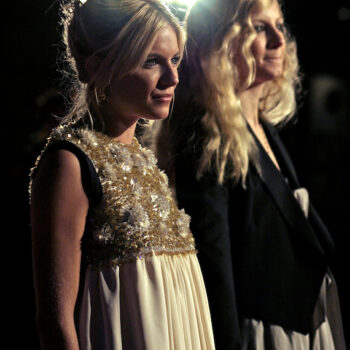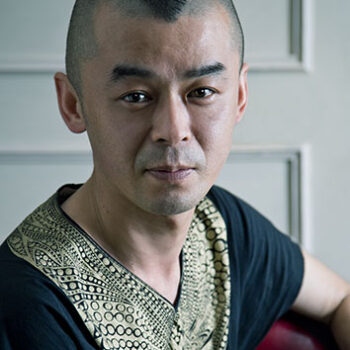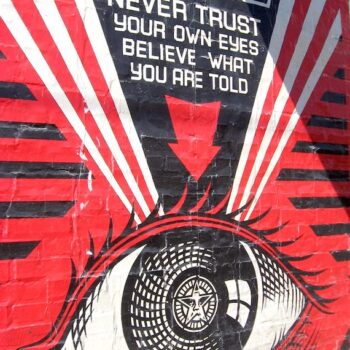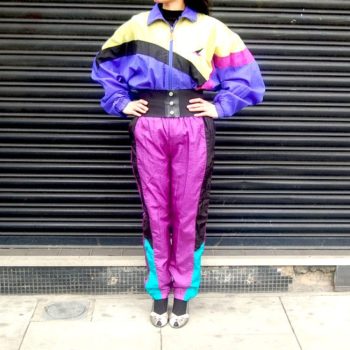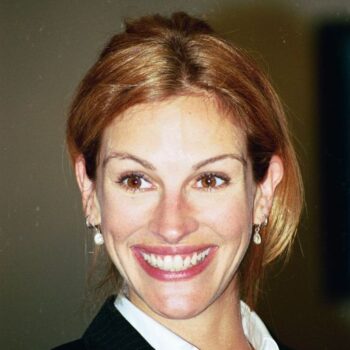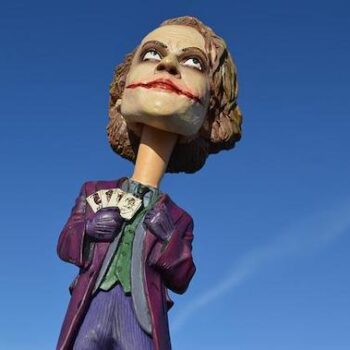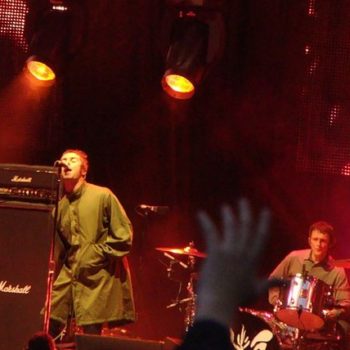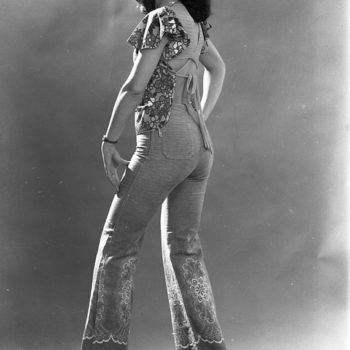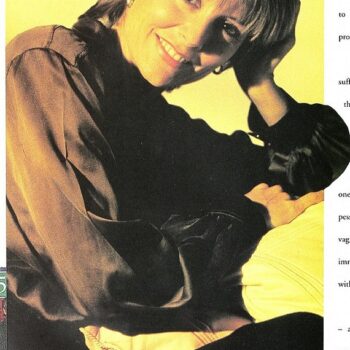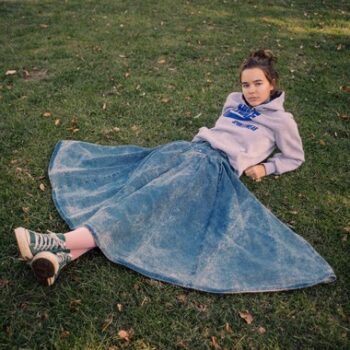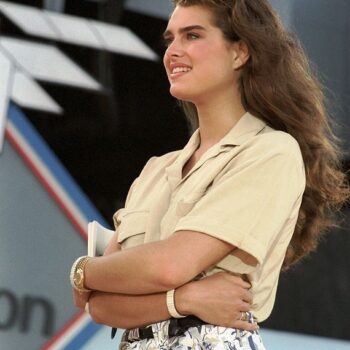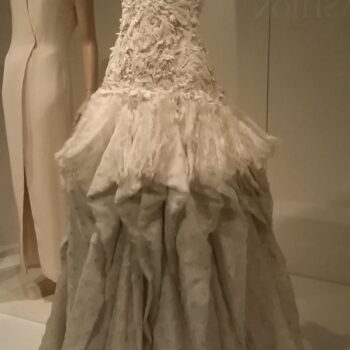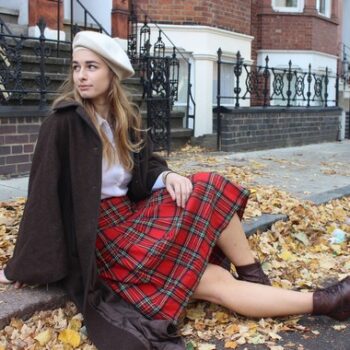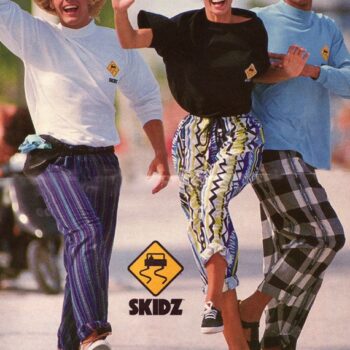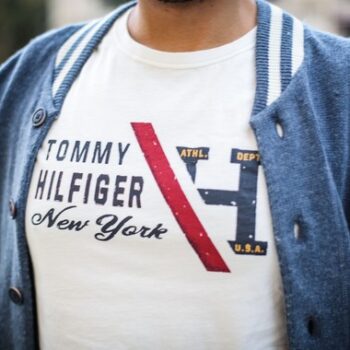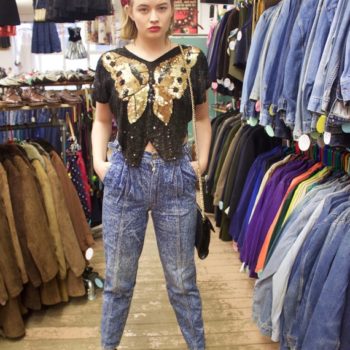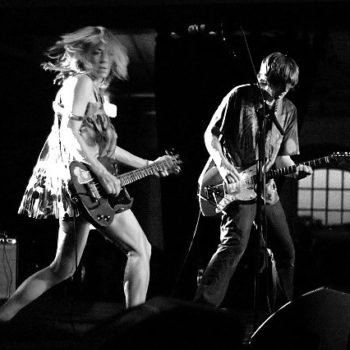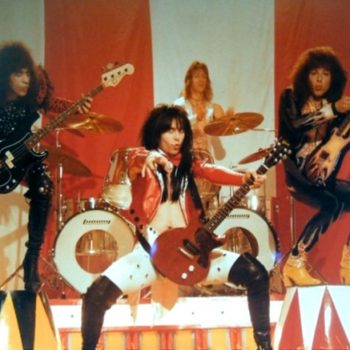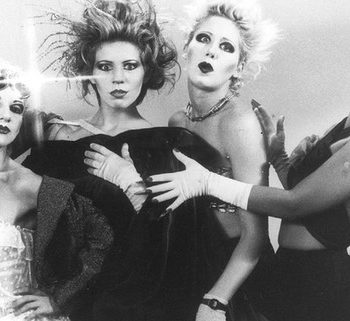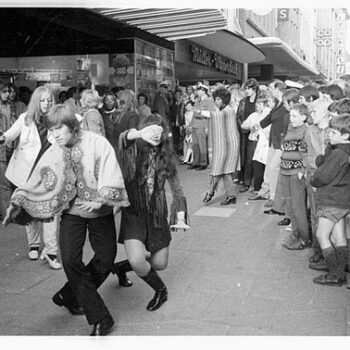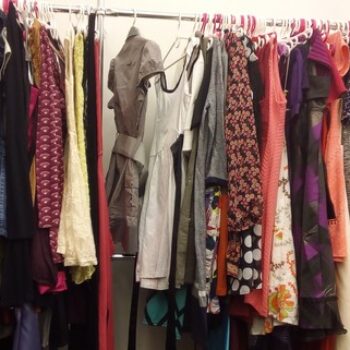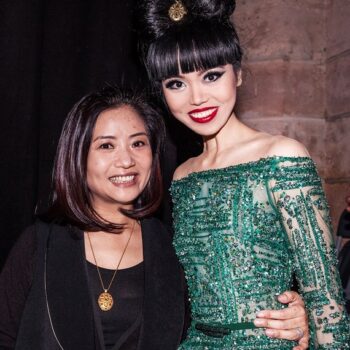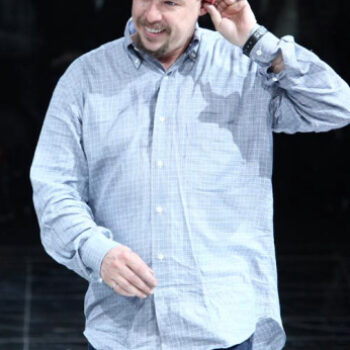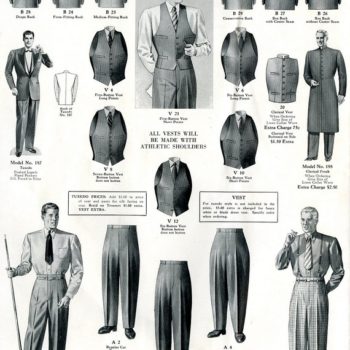Were 2000s fashions similar to the 90s?
August 19, 2023When looking into 2000s fashion, a question people often have is “Were 2000s fashions similar to the 90s?” Well, in some ways yes, they stayed similar. But in some ways, they were very different!
Fashion in the early 2000s looked at Britney Spears, Kylie Jenner and Paris Hilton. They gave us high waisted jeans and the high school look, Ugg boots, Ed Hardy, True Religion, crop tops, street style, Juicy Couture tracksuits, skinny jeans, low rise jeans, tube tops, flip flops, and flare jeans. Red carpet looks were inventive. Read on to find out more.
It’s usually a good rule of thumb that the tone of a decade will start to change around the middle of it. Unless we are very into the “New Year, New You” mantra, and apply it rigorously to fashion, most of us don’t send everything to the charity shop on January 1st each year. Similarly, at the start of a new decade, people don’t notice much. It’s only as time goes on that new fabrics or silhouette will pop up, and start to feel like they are the height of fashion right now. And gradually your other clothes might start to feel tired or frumpy. And some will continue to feel right.
The Futuristic 2000s
Were 2000s fashions similar to the 90s? I think as far as the 2000s goes, there was a bit of an expectation that it would all be very space-age, as it was the Millennium. In the 60s, Space Age fashions were inspired by the actual Space Race and experiments to send man to the moon and other planets. So colours and fabrics reminiscent of space suits were used. Silver, white, and shiny things like PVC and plastics caught the imagination. And these again got a showing in the 2000s.
Helmut Lang made his signature Biker-inflected trousers and coats in materials like silver and pewter leather, which immediately rendered the ridges and padding into modern astronaut’s flight wear. Wendy and Jim swathed models in crinkly silver lamé. Versace, of course, never abandoned his signature metal mesh fabric Oroton since he invented it in 1982. The material, which draped incredibly and looked like shining liquid metal was used in dresses on the catwalk all through the 90s and 2000s.
Technology and fashion
Actually, in the last 20 years, the focus hasn’t been on the space race so much as technology. Since the year 2000 we have had a massive boom in tech, with almost everyone in the developed world walking around with mobile phones, wireless headphones and a dependence on the internet. So I suppose to celebrate the Millennium fashion should have gone big on wearable tech.
Alexander McQueen and Hussein Chalayan did do some beautiful and striking experiments. For the finale of Alexander McQueen SS 1999, Shalom Harlow stood on a platform in a white dress, slowly rotating while two industrial metal robot arms sprayed her with paint. Hussein Chalayan had Audrey Marnay in a white fibreglass dress with elements which moved by themselves. But in general, wearable tech was a clunky curiosity back then.
Were 2000s fashions similar to the 90s? Experimentation
But the experimentation of the 90s didn’t go away. Comme des Garçons, a Japanese label launched in 1969, had always ploughed its own course. In 1997, the head designer Rei Kawakubo presented the “Lumps and Bumps” collection. Not, as the title might suggest, a cutely-named maternity line, it featured clothes stuffed with wadding to created distorted silhouettes. The lumps and bumps were in all the “wrong” places. They did not serve to amplify hips, bum or breasts, as other designers might have done. Instead, they gave the wearer a hump on the back, or a swelling on the leg. She continued to make challenging collections all through the 2000s, and in 2006 her collection dealt with the concept of “Persona”. Tailored menswear was combined with intensely feminine elements like flowers and corsets to explore gender.
Belgian designer A.F. Vandevorst was founded in 1997. In their second catwalk show in 1998, models lay on hospital beds and the audience’s chairs were at their bedsides, as if visiting the sick. In the 2000s, one collection included a tiny khaki uniform, complete with whistle, stitched to the front of a white top and mini-kilt.
Playfulness in the 90s, and on into the 2000s
Other ways were 2000s fashions similar to the 90s was the sense of fun. The 90s saw a definite trend toward playfulness. Women squeezed into children’s clothes, and fabrics like soft terry towelling, stretch velour, fluffy angora and other tactile finishes that appeal to children were widespread in adult fashion. This continued in the 2000s as well. Jeremy Scott launched his brand in 1997. He was soon collaborating with Adidas, and in 2008 they launched their best-known co-collection. Scott added little wings to trainers, and people loved it. He also did a furry trainer with teddy-bear heads. So cute things, furry things, yes, definitely very popular ten years down the line.
One of Walter van Beirendonck’s outfits of the 2000s was composed of fun pink, yellow and brown colours, with black pompoms. Yellow rubber gloves and socks sported bright pink finger and toenails. The trousers were covered in chunky zips, and the sweater had a graphic triangle print in pink and fawn. However, the sweater also incorporated what very much resembled a niqab, the head and face covering worn by Muslim women. So he combined both trends – fun and intellectual experimentation.
Were 2000s fashions similar to the 90s? The Matrix
The Matrix was a tech-based film from 1999 as well, and the outfits of its heroes, like long black shiny coats and glinting sunglasses, definitely inspired trends. The slow-mo effect they used on that film definitely made the swirling skirts of Neo’s coat as he was spinning around look awesome. However, wearing all black and long coats was not really a new thing, as guys in the 90s already did that. Perhaps it became more widespread and not just a favourite outfit of long haired unsure teenagers.
Jeans Trends
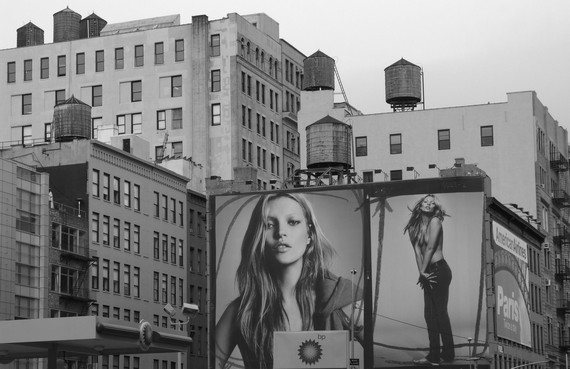
Kate Moss billboard on a corner in New York City.
No machine-readable author provided. IeKarlOLeary assumed (based on copyright claims)., CC BY-SA 3.0 <https://creativecommons.org/licenses/by-sa/3.0/>, via Wikimedia Commons
In the 90s, trends in jeans didn’t move as fast as they do today. The dominant cut was what is called a “mom jean” today. Quite high waisted, straight leg, slim cut so not tight but not excessively baggy either. You could also wear a bootcut style. This is similar in many respects but has a slight flare at the bottom. They are so called because it is easy to fit boots underneath. However, we didn’t call the mom jeans that, they were just jeans, and we definitely didn’t mention high waisted or any details about the rise. This was because it wasn’t until the 2000s that waists got lower and lower. Influenced by Alexander McQueen’s “Bumsters”, which showed a whole lot of bum, jeans tended to sit around the hips. So that was a pretty big change.



